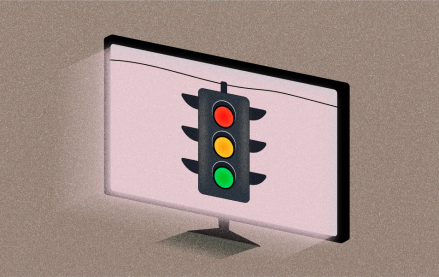
This article was first published by Digiday sibling WorkLife
Shopify made headlines last year when it announced its calendar purge and subsequent meeting cost calculator. From there, many other large companies followed suit and asked themselves how they, too, could minimize the amount of meetings on people’s calendars.
Some companies – among them work management platform Asana – doubled down on efforts it was already making around streamlining meetings. In early 2022 Asana conducted a “meeting doomsday” exercise. Employees were asked to identify recurring meetings that they found lacked value and then remove all of the standing meetings with fewer than five attendees from their calendar for 48 hours.
The results: a few months later meeting lengths had shrunk. Most 30-minute meetings were converted to 15 minutes, some weekly meetings were moved to every other week or month, and others were deleted entirely. That meant each person was saving an average of 11 hours per month, totaling about 3.5 workweeks per year.
Meetings overload, and the correlation this has to employee burnout and poor productivity, have been talking points for years. Asana first began attempting to keep internal meetings from becoming unwieldy over the last decade, with its “No Meeting Wednesdays” protocol. But its research found that when colleagues violated the explicit company norm of not scheduling meetings on that day, attendees felt resentful.
“After the initial pilot program, we ran a larger experiment in the marketing department called the Meeting Reset,” said Dr. Rebecca Hinds, Asana’s head of the Work Innovation Lab. That meant working with Stanford professor and Work Innovation Lab research partner, Bob Sutton, to develop a rating system for participants to assess the value of their meetings. It involved a three-point scale for two dimensions: impact of meetings, and effort it required with prep and follow-ups. “After leveraging this rating scale, even before the 48-hour deletion period, several participants told us that they changed and eliminated meetings that required a lot of work and were of little value because of the helpful two-dimensional framework.”
The 60 participants saved 265 hours per month in total when reducing unproductive recurring meetings.
To read the full article click here
More in Media

What publishers are wishing for this holiday season: End AI scraping and determine AI-powered audience value
Publishers want a fair, structured, regulated AI environment and they also want to define what the next decade of audience metrics looks like.

Media giant Essence launches a marketplace for Black women-led brands
Essence has launched WeLoveUs.shop, a new online marketplace dedicated to Black women-led brands.

In Graphic Detail: The state of AI referral traffic in 2025
The stats reveal a new audience pipeline forming outside of traditional search and social platforms.







